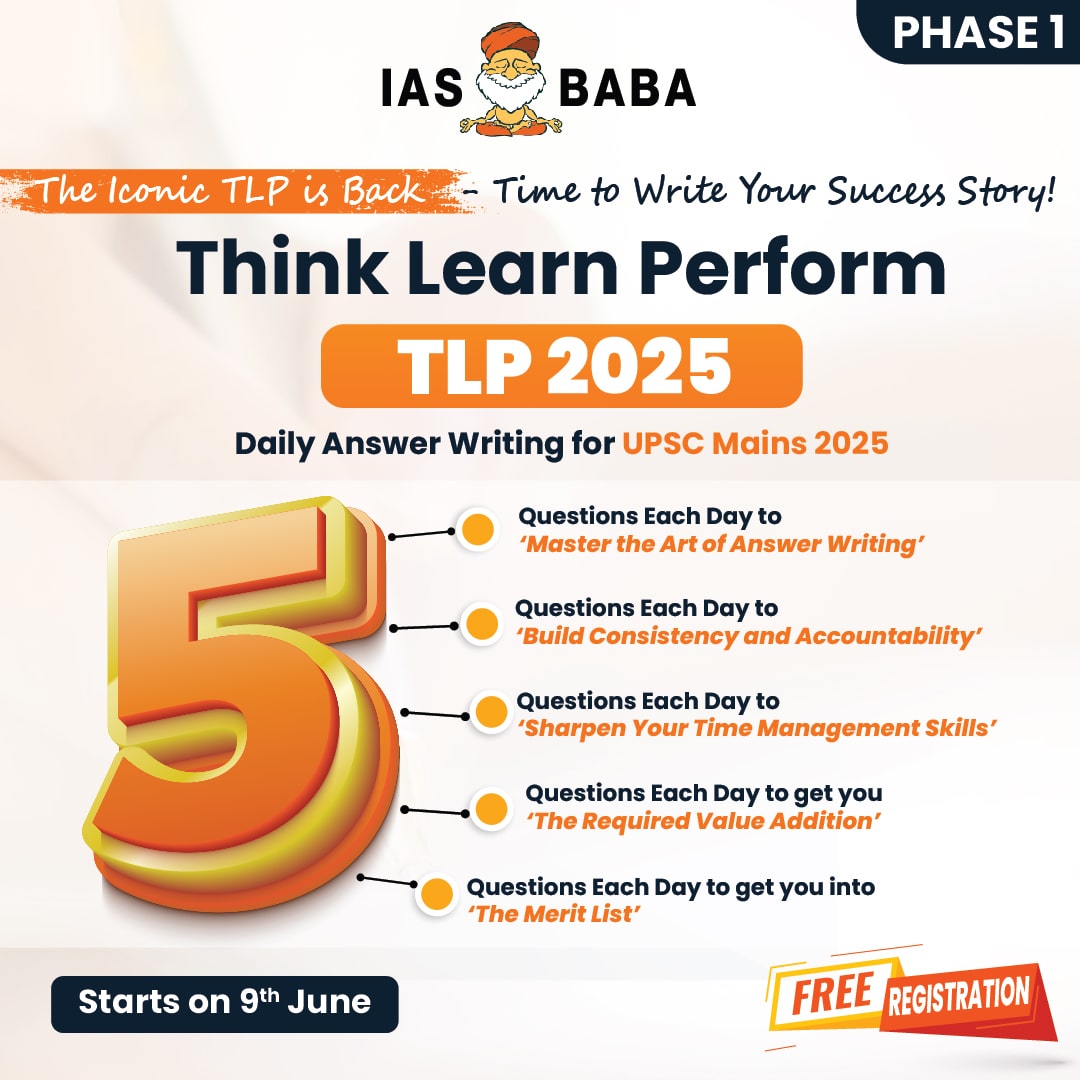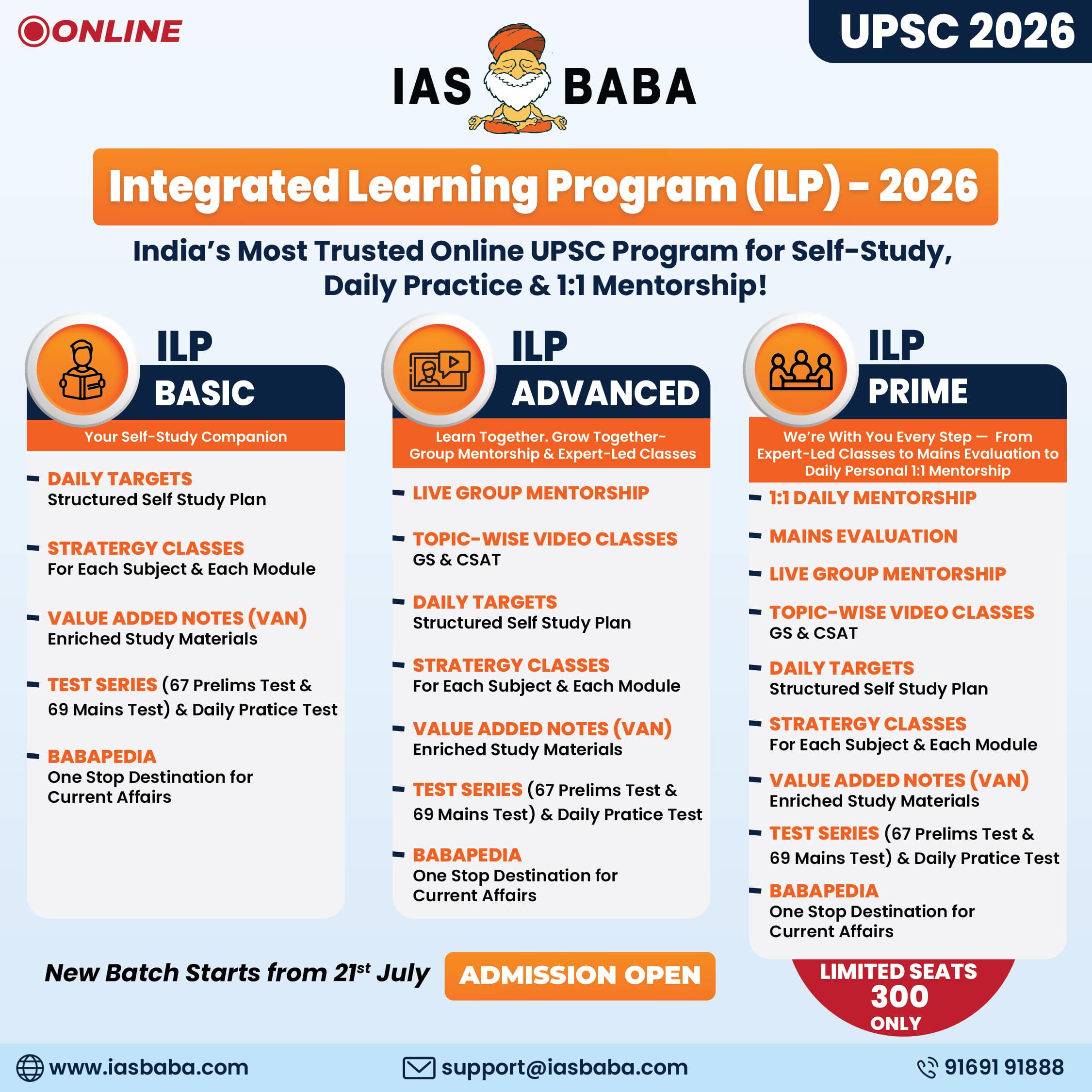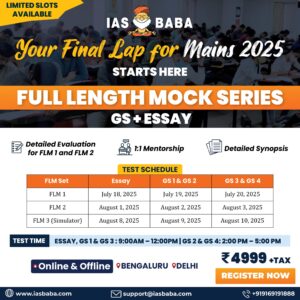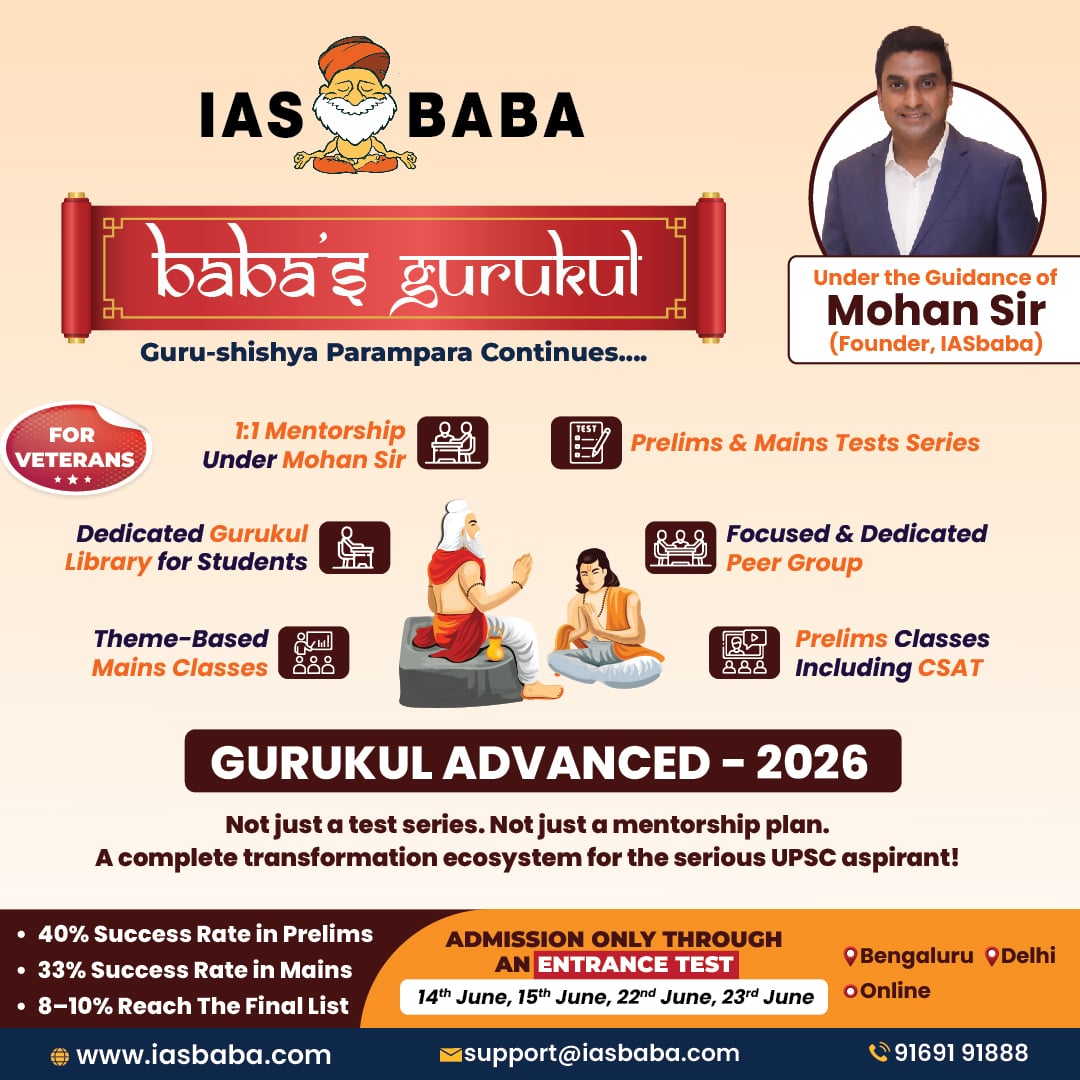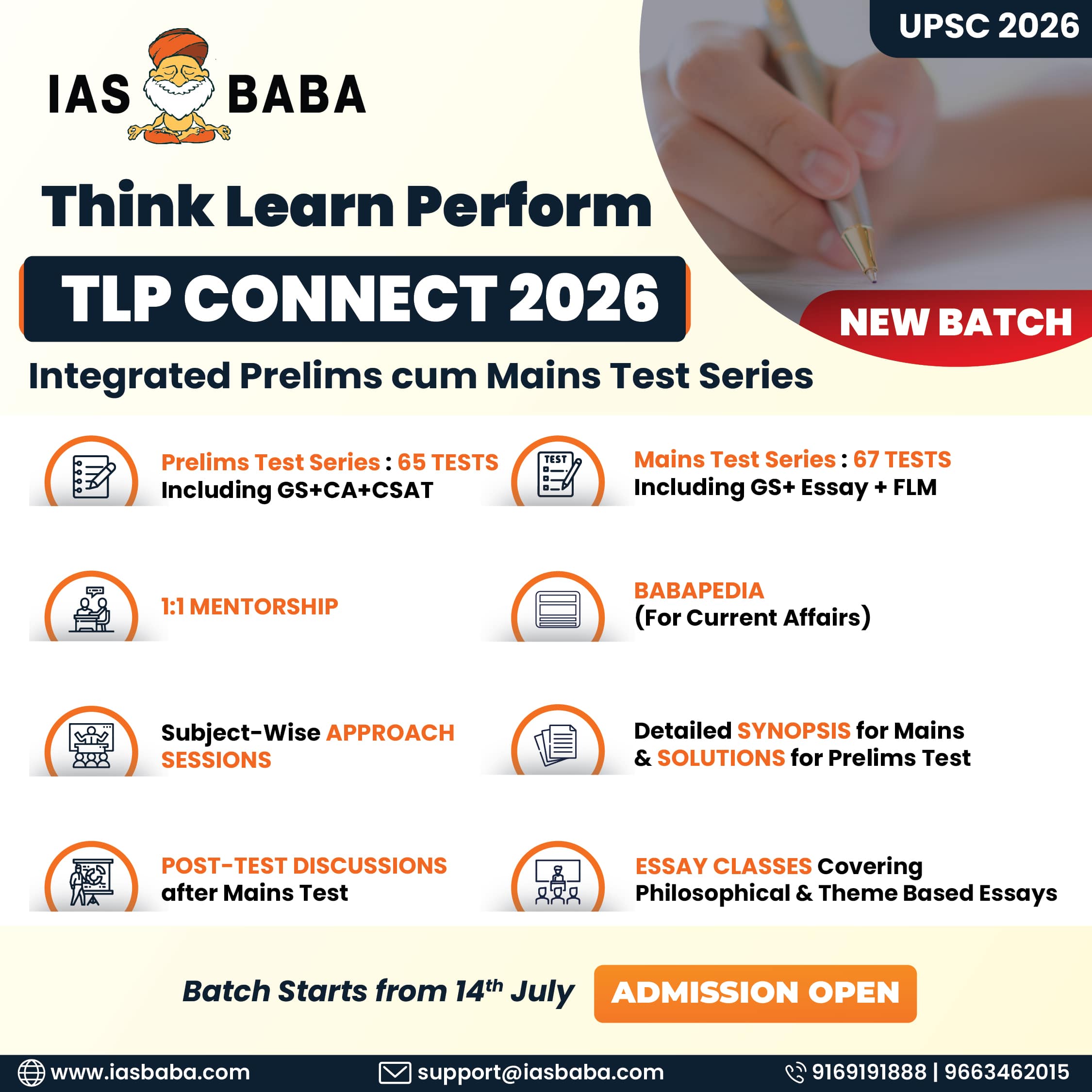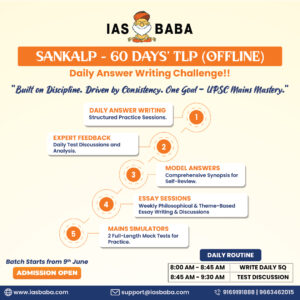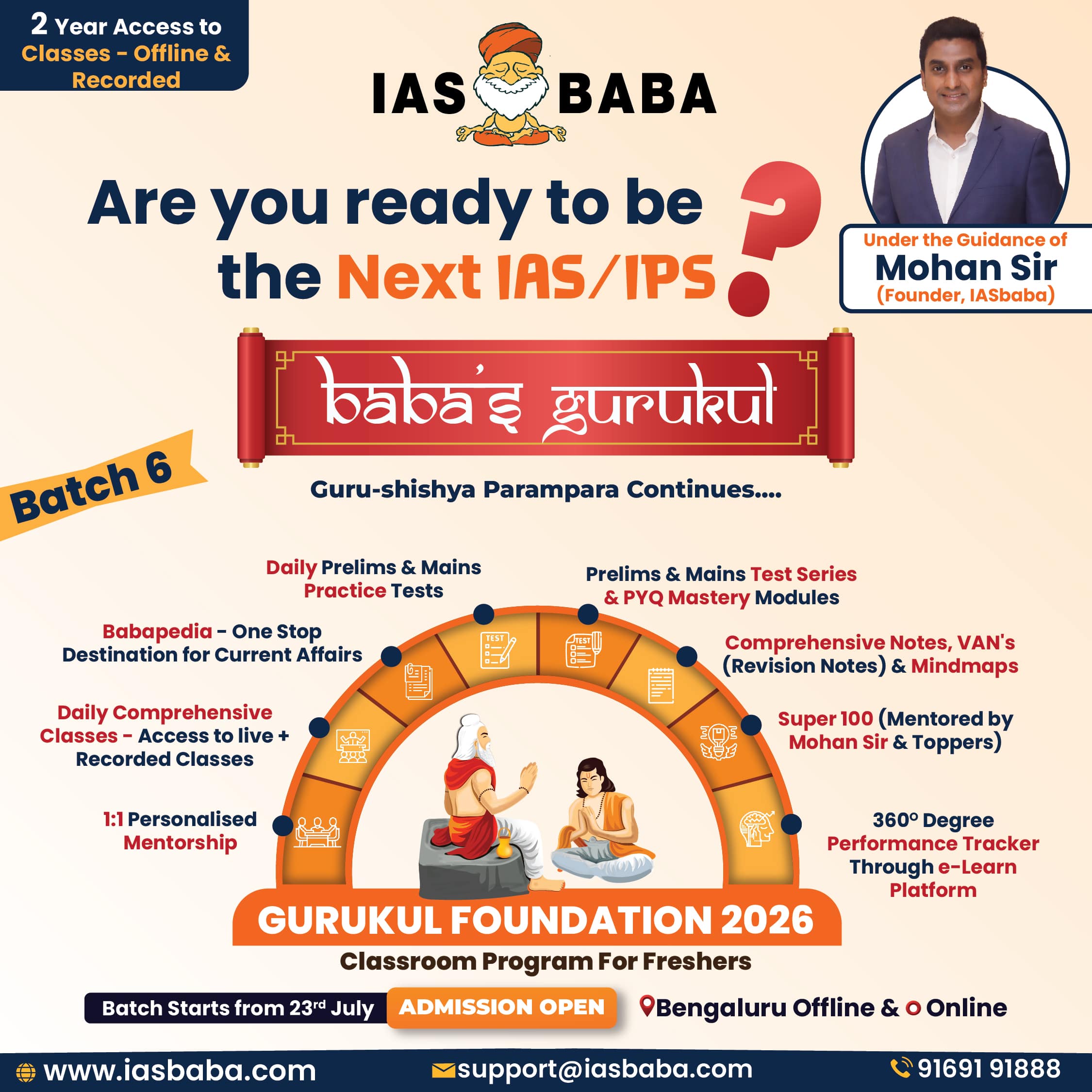Uncategorized
IASbaba’s Daily Current Affairs – 20th Oct 2017
Archives
NATIONAL
TOPIC
General studies 1:
- Role of women and women’s organization, women related issues, Social empowerment
General studies 2:
- Mechanisms, laws, institutions and Bodies constituted for the protection and betterment of these vulnerable sections.
Temple Entry Issue: Referred to a constitution bench
In news:
The Supreme Court of India has repeatedly struck down discriminatory religious practices, the latest of which is the triple talaq (in Shayara Bano v. Union of India , 2017).
Recently the Supreme Court referred to a five-judge Constitution Bench the question whether the fundamental right of women to pray at the place of their choice can be discriminated against solely based “on a biological factor exclusive to the female gender.”
Background:
The Sabarimala temple restricts women aged between 10 and 50 from taking the pilgrimage to Sabarimala – which means women are banned from even making the arduous trek to the shrine.
The Constitution Bench of the Supreme Court will scrutinise the age-old practice.
The Constitution Bench will decide whether Rule 3 (b) of the Kerala Hindu Places of Public Worship (Authorisation of Entry) Rules, 1965 allows a ‘religious denomination’ to ban entry of women between the age of 10 to 50 years. If so, does this amount to discrimination and violation of the fundamental rights to equality and gender justice.
It will decide whether Rule 3(b) is ultra vires the Kerala Hindu Places of Public Worship (Authorisation of Entry) Act, 1965 and violative of the fundamental rights.
The restriction finds its source in the legend that the Sabarimala temple deity – Swami Ayyappa – is a ‘Naishtika Brahmachari’ – and should not be disturbed. A 1991 Kerala High Court judgment supports the restriction imposed on women devotees. It had found that the restriction was in place since time immemorial and not discriminatory to the Constitution.
Tradition in conflict with the constitution:
- Preventing women’s entry to the Sabarimala temple with an irrational and obsolete notion of “purity” clearly offends the equality clauses in the Constitution.
- It denotes a patriarchal and partisan approach.
- The entry prohibition takes away the woman’s right against discrimination guaranteed under Article 15(1) of the Constitution.
- It curtails her religious freedom assured by Article 25(1).
- Prohibition of women’s entry to the shrine solely on the basis of womanhood and the biological features associated with womanhood is derogatory to women, which Article 51A(e) aims to renounce. The classification based on age is, in essence, an act of discrimination based on sex.
- R. Ambedkar famously said that public temples, like public roads and schools, are places meant for public access and so the question of entry is, essentially, a question of equality.
- The managerial rights of religious authorities under Article 26(b) of the Constitution cannot override the individual woman’s religious freedom guaranteed under Article 25(1). The former is intended to safeguard, not annihilate, the latter.
A fragile judgment:
There is no unanimity on whether the Sabarimala temple bar is ‘age-old.’ The practice rests on a fragile rule and an equally fragile judgment of the Kerala High Court ( S. Mahendran v. The Secretary, Travancore Devaswom Board , 1991).
The very purpose of the Kerala Hindu Places of Public Worship (Authorisation of Entry) Act, 1965 is to ensure entry of all Hindus to temples without being discriminatory. The High Court, in its verdict, relied too much on the T antri’s (chief priest) opinion without a deeper analysis of the competing claims.
Individual liberty at stake:
It is erroneous to conceive of the issue only as one involving a fissure between individual freedom and gender justice on the one hand and religious practice on the other.
It also reflects a conflict among believers themselves. Therefore, it is essential to prevent monopolisation of religious rights by a few under the guise of management of religious institutions.
Those at the helm of affairs can only manage the institutions in a lawful and fair manner and they cannot be permitted to manage others’ freedom. Any other interpretation of Articles 25 and 26 would damage the very idea of individual liberty.
Conclusion:
Article 25(2)(b) enables the state “(to provide) for social welfare and reform or the throwing open of Hindu religious institutions of a public character to all classes and sections of the Hindus.” Viewed so, a legislation to put an end to the objectionable practice must be brought in.
Connecting the dots:
- The restriction on women to enter few temples in the country is in conflict with constitutional principles. Critically analyze in reference to Sabarimala temple issue.
ECONOMICS
TOPIC:
General Studies 2:
- Government policies and interventions for development in various sectors and issues arising out of their design and implementation.
General Studies 3:
- Indian Economy and issues relating to planning, mobilization of resources, growth, development and employment.
- Inclusive growth and issues arising from it.
- Effects of liberalization on the economy, changes in industrial policy and their effects on industrial growth.
Redefining MSMEs
In news:
The Centre recently enlarged the definition of what constitutes a startup venture from five to seven years old. The Government has also eased norms for companies to avail themselves of income tax benefits under the Startup India programme.
While these initiatives have been welcomed, the traditional sector which largely comes under the purview of micro, small and medium enterprises (MSMEs) is yet to be rescued from a decade-old definition which is stunting its growth.
The importance of MSMEs:
In 2016, there were more than 36 million such units providing employment to over 80 million persons, whilst contributing about 8 per cent to GDP, 45 per cent to the total manufacturing output, and 40 per cent to the exports from the country. The sector has thus played an important role in India’s economic growth.
Issues:
- The MSME sector in India, with some exceptions, is characterised by low technology levels, which act as a handicap in the emerging global market. Not many units have the ability to access technological expertise or mobilise resources for in-house innovation.
- MSMEs in India are defined on the basis of the investments made in plant and machinery, according to the MSME Development Act of 2006. The concern is that the limits identified in 2006 have gone out of sync in the last ten years.
Definition of MSMEs:
Investment levels required to be classified as an MSME: Prescribed limit
Manufacturing sector-
- Micro enterprises are classified as those with investment in plant and machinery not exceeding Rs. 25 lakh
- For a small enterprise, the investment limit has been prescribed at Rs. 5 crore.
- For a medium enterprise, the investment limit is of Rs. 10 crore.
The above limits were set in 2006.
Factoring the inflation: Ideal limit
However, factoring the inflation since 2006, the ideal investment limits for micro enterprises should stand at Rs. 43 lakh; for small enterprises the upper limit should be Rs. 8.75 crore; whereas for medium enterprises it should be around Rs. 17.51 crore.
The estimated difference between the prescribed investment limit and ideal investment on an average across all the three segments of MSMEs stands at 85 per cent.
The MSMEs in the services sector have also been experiencing a similar fate.
Global comparison:
Globally, medium-size enterprises in the manufacturing industry differ by definition.
In China it is defined as those having investment ceiling of 300 million yuan (at the current price level $44 million); in Thailand it is with a ceiling on investment capital of up to 200 million Thai bahts ($6 million); and EU defines medium enterprises as those of having turnover of €50 million, which is approximately $58 million.
In comparison, the investment limits for medium enterprises in the manufacturing sector in India as defined in 2006 was Rs. 10 crore, which was equivalent to $2.3 million then. Factoring for inflation, this figure stood at just Rs. 5.28 crore in 2016, or $0.8 million at the current exchange rate.
This anomaly is a huge deterrent for enterprises in this sector to grow and participate in the value chain.
With such a low investment ceiling, Indian MSMEs are either expanding laterally or engaging themselves at the lower end of the value chain.
Way forward:
Redefine MSMEs:
- The Government could enhance the spread of the investment limits of MSMEs to accommodate the technological needs of the sector. This would allow the enterprises to continue as MSMEs while also enabling them to grow. Some regions (such as EU and China) have kept the ceiling on investment for medium enterprises at high levels, encouraging capital infusion, technology upgradation, quality improvement, export orientation and employment generation.
- It is important to review the investment limits every three to four years, factoring inflation. Since manufacturing operations are generally capital intensive, investment ceiling for SMEs should be reviewed periodically.
- There should be a broad demarcation within the two broad categories — manufacturing and services, while defining MSMEs. Within these broad categories , each sector would require a different level and size of investments.
- The need of the hour is to have a definition which would consider not only the capital employed, but also factors such as turnover and number of people employed.
Connecting the dots:
- A big challenge faced by the MSME sector in India is regarding the definition of what constitutes micro, medium and small units both in manufacturing and services. Discuss briefly what the issue is about and how it hampers the growth of the sector.
MUST READ
Back to the future
A separate peace
A first step
Bans and the livelihood debate
Why higher education is devoid of quality



